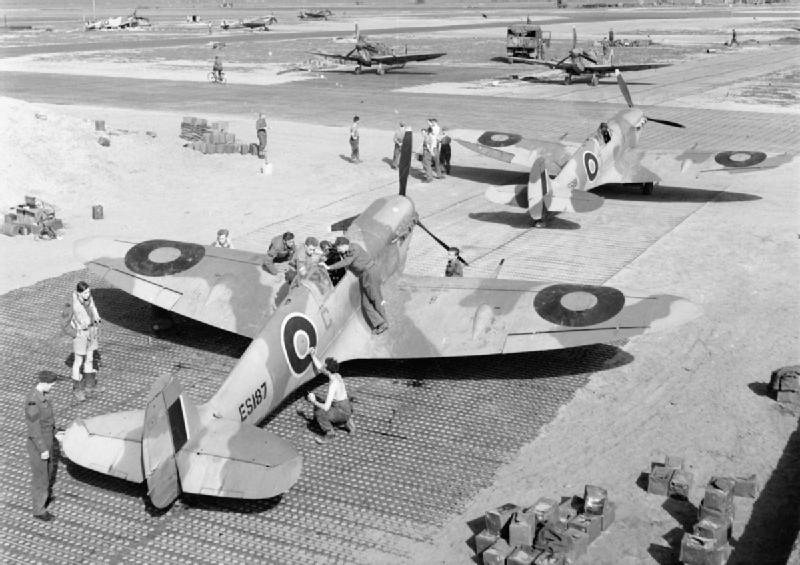No 154 Squadron RAF



RAF No.154 squadron was formed at Chingford on the 7th of October 1918, as a two-seat fighter unit but on 11 September 1918 was disbanded before any Bristol fighters were received.
It was reformed at Fowimere on 17 November 1941, as a fighter squadron with Spitfire IIAs and became operational on 24 February 1942 with Spitfire Vs added to its strength for the first weeks before converting completely to the latter mark. In May 1942, it arrived in South- West England where it spent a month providing cover for convoys before moving to Hornchurch to take part in sweeps over France. The Squadron disembarked for North Africa as part of Operation 'Torch' in November 1942 moving to join up with squadron aircraft which had been operating from Gibraltar until airfields in Algeria had been captured. During the campaign in Tunisia, No.154 provided cover for coastal shipping, ports and Army installations. The squadron arrived 4 June 1943 in Malta to undertake ground sweeps over Sicily.
Soon after the Allied landings in Italy, No.154 moved there for defensive patrols until 9 December, when sixteen aircraft left to fly to Syria to provide air defense for the area, operating from airfields in Palestine and Cyprus in this role. On the 2nd of April 1944, sixteen Spitfire IX's of the squadron left for Corsica, arriving two days later to begin sweeps over Northern Italy and to supply escorts for bombing raids. On the 15th of August 1944, it covered landings in southern France and on the 23rd moved to Frejus to cover the Allied armies advance northwards to join up with forces from Normandy. But on 19 September it passed its Spitfires to a French wing, receiving some Spitfire Vs in exchange for a few days before departing for Naples where it was disbanded on the 1st of November 1944.
On the 16th of November 1944, No.154 reformed at Biggin Hill, taking over twenty-one Spitfire VIIs from No.131 Squadron. On the 1st of February 1945, it began flying escort missions over Germany for Bomber Command's heavy bombers and later in the month began to receive Mustangs which were flown until the Squadron again disbanded on the 31st of March 1945.


